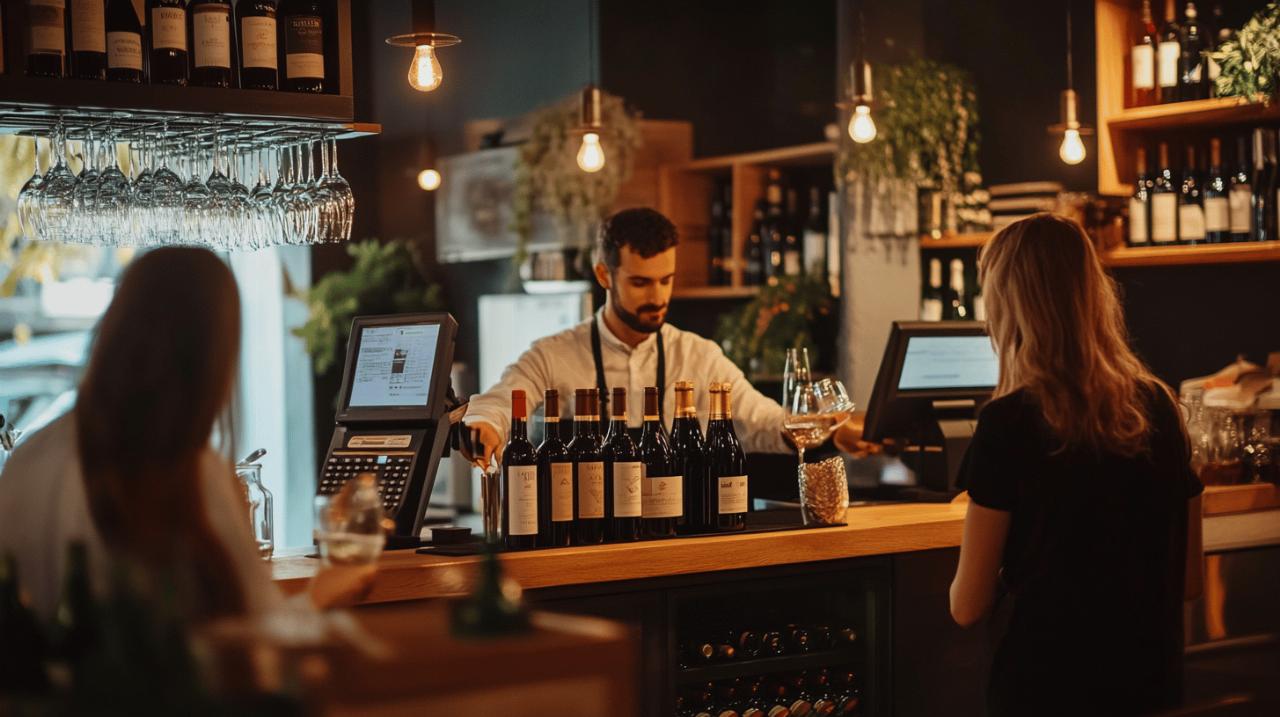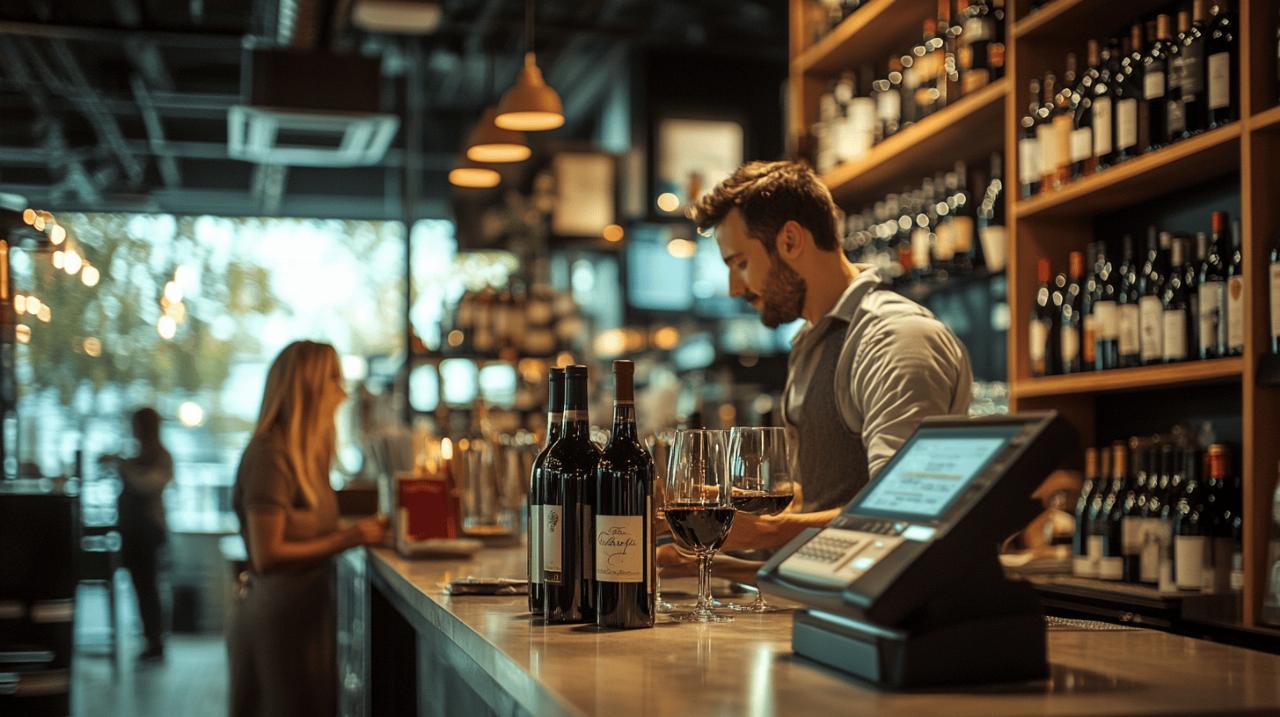Boost Your Wine Bar’s Bottom Line: How to Improve the Profitability of Your Wine Bar with Seasonal Offers
Operating a wine bar in today's competitive hospitality landscape requires more than just a passion for fine wines and a welcoming atmosphere. To truly thrive, proprietors must adopt strategic approaches that align with the rhythms of the year, capturing the attention of discerning customers whilst maintaining a healthy profit margin. Seasonal offers present a powerful opportunity to invigorate your establishment, drawing in new patrons and rewarding loyal regulars with curated experiences that reflect the changing seasons. By thoughtfully integrating market insights, dynamic pricing, and creative marketing, your wine bar can transform its bottom line and establish itself as a destination that evolves throughout the year.
Understanding your market and crafting seasonal offers that resonate
Conducting Market Research to Identify Customer Preferences Throughout the Year
Knowing your clientele is the cornerstone of any successful seasonal strategy. Market research enables you to understand not only the demographics of your customers but also their shifting tastes and expectations as the seasons unfold. During the warmer months, for instance, patrons may gravitate towards lighter, crisper wines and refreshing cocktails, whilst the colder seasons often see a preference for robust reds and warming spirits. Engaging with your customers through informal conversations, feedback forms, and monitoring online reviews can reveal invaluable insights into what drives their choices. Additionally, keeping an eye on broader hospitality trends, such as the growing interest in natural wines or the appeal of low-intervention winemaking, allows you to anticipate demand and tailor your offerings accordingly. Understanding your target demographics also means recognising the occasions that bring people through your door, whether it is after-work gatherings, romantic evenings, or celebratory events. This knowledge empowers you to design seasonal campaigns that speak directly to the desires of your audience, ensuring your wine bar remains both relevant and profitable.
Designing Seasonal Menus and Events That Appeal to Your Target Clientele
Once you have a clear picture of your customers' preferences, the next step is to translate those insights into compelling seasonal menus and events. A well-crafted menu that highlights wines suited to the time of year can elevate the customer experience and encourage higher spending. For example, featuring a selection of sparkling wines and rosés during the spring and summer months can entice guests looking for something light and celebratory, whilst a curated collection of full-bodied reds and fortified wines in autumn and winter provides comfort and indulgence. Beyond the wine list, consider pairing your seasonal drinks with complementary small plates or tasting experiences that enhance the overall offering. Themed nights, such as a harvest festival event in October or a Valentine's Day wine and chocolate pairing, create memorable moments that draw in both new and returning customers. These events not only boost footfall during traditionally quieter periods but also position your wine bar as a vibrant hub of activity throughout the year. Crafting such experiences requires attention to detail and a willingness to experiment, but the rewards in terms of customer satisfaction and increased revenue are well worth the effort.
Strategic Pricing and Stock Management for Seasonal Success
Balancing Competitive Pricing with Profit Margins During Peak and Off-Peak Seasons
Pricing is a delicate art in the hospitality industry, particularly when it comes to managing the ebb and flow of seasonal demand. During peak seasons, when footfall is high and customers are eager to spend, there is an opportunity to introduce premium offerings and adjust prices to reflect the heightened demand. However, it is essential to remain mindful of your bar profit margin and avoid pricing yourself out of the market. A comprehensive understanding of your pour cost, which should ideally sit between eighteen and twenty-four percent, is crucial to ensuring that each glass sold contributes meaningfully to your overall profitability. Conversely, during off-peak periods, strategic promotions such as happy hour deals or special wine tasting evenings can stimulate demand without eroding your profit margin percentage. Dynamic pricing, informed by data analytics and an awareness of competitor pricing, allows you to remain flexible and responsive to market conditions. By regularly reviewing your net profit calculation and adjusting your drink pricing strategy in line with seasonal trends, you can maintain a healthy balance between attracting customers and safeguarding your bottom line.
Optimising Wine Stock Levels and Minimising Waste with Seasonal Forecasting
Effective inventory management is fundamental to the success of any wine bar, particularly when seasonal fluctuations can lead to overstocking or shortages. Utilising robust stock control systems and forecasting tools enables you to predict demand with greater accuracy, ensuring that you have the right wines available at the right time. Overstocking ties up valuable capital and increases the risk of wastage, especially for wines that do not sell as quickly as anticipated. On the other hand, running out of popular seasonal selections can frustrate customers and send them to competitors. Implementing regular stock audits and tracking sales patterns allows you to adjust your orders proactively, reducing shrinkage and minimising the cost of goods sold. Portion control and careful monitoring of your wine stock levels are equally important in preventing unnecessary waste and maintaining profitability. Additionally, cultivating strong relationships with your suppliers can lead to more favourable terms and the flexibility to adjust orders as seasonal demand shifts. By leveraging technology and data analytics, you can streamline your inventory processes and ensure that every bottle contributes to your establishment's success.
Leveraging Seasonal Events and Marketing to Drive Footfall
Creating Themed Nights and Wine Tastings Aligned with Seasonal Celebrations
 Seasonal events offer a unique opportunity to inject excitement into your wine bar and attract customers who might otherwise overlook your establishment. Themed nights that celebrate the harvest, the arrival of spring, or festive occasions create a sense of occasion and give patrons a compelling reason to visit. Wine tastings aligned with seasonal releases or regional specialties allow guests to explore new flavours whilst enjoying a curated experience that showcases your expertise. For instance, a tasting event featuring autumnal wines paired with hearty canapés can draw in enthusiasts eager to discover robust reds and warming whites. Similarly, a summer soirée highlighting crisp rosés and sparkling wines can capitalise on the desire for lighter, refreshing options. These events not only boost immediate sales but also foster a sense of community and loyalty among your customers. By marketing these occasions through your social media channels and email newsletters, you can build anticipation and ensure a strong turnout. The key is to design experiences that feel both exclusive and accessible, offering something memorable that resonates with your target demographics.
Seasonal events offer a unique opportunity to inject excitement into your wine bar and attract customers who might otherwise overlook your establishment. Themed nights that celebrate the harvest, the arrival of spring, or festive occasions create a sense of occasion and give patrons a compelling reason to visit. Wine tastings aligned with seasonal releases or regional specialties allow guests to explore new flavours whilst enjoying a curated experience that showcases your expertise. For instance, a tasting event featuring autumnal wines paired with hearty canapés can draw in enthusiasts eager to discover robust reds and warming whites. Similarly, a summer soirée highlighting crisp rosés and sparkling wines can capitalise on the desire for lighter, refreshing options. These events not only boost immediate sales but also foster a sense of community and loyalty among your customers. By marketing these occasions through your social media channels and email newsletters, you can build anticipation and ensure a strong turnout. The key is to design experiences that feel both exclusive and accessible, offering something memorable that resonates with your target demographics.
Utilising Social Media and Digital Marketing to Promote Seasonal Offerings
In today's digital age, social media marketing is an indispensable tool for promoting your seasonal offerings and engaging with your audience. Platforms such as Instagram and Facebook allow you to share visually appealing content that highlights your latest menu additions, upcoming events, and behind-the-scenes glimpses of your wine selection process. Regular posts featuring signature cocktails, seasonal wines, and customer testimonials can generate buzz and encourage shares, extending your reach far beyond your immediate locality. Online reviews management is equally critical, as positive feedback can significantly influence potential customers' decisions. Responding promptly and courteously to reviews, whether glowing or critical, demonstrates your commitment to customer satisfaction and can enhance your establishment's reputation. Additionally, investing in targeted online advertising can help you reach specific demographics during peak seasons, ensuring that your promotional strategies are both cost-effective and impactful. Email marketing campaigns that announce seasonal specials or exclusive tasting events can also drive repeat visits and foster customer retention. By integrating these digital tactics into your broader marketing strategy, you can create a cohesive and dynamic presence that keeps your wine bar top of mind throughout the year.
Operational excellence and customer retention through seasonal strategies
Training Staff to Deliver Exceptional Service and Seasonal Product Knowledge
Your staff are the face of your wine bar, and their ability to deliver exceptional service can make or break the customer experience. Investing in comprehensive staff training ensures that your team is well-versed in the nuances of your seasonal offerings and can confidently recommend wines that match individual preferences. Training should cover not only product knowledge but also upselling techniques that encourage customers to explore premium spirits or try a new seasonal cocktail. A well-informed team can transform a simple transaction into an engaging conversation, enhancing the overall atmosphere and fostering a sense of trust and rapport. Additionally, staff should be trained in portion control and efficient service practices to minimise waste and optimise labour cost without compromising quality. Regular training sessions that incorporate updates on new seasonal arrivals, emerging trends in the wine industry, and best practices in hospitality marketing can keep your team motivated and informed. By empowering your staff with the tools and knowledge they need to excel, you create a positive working environment that translates directly into higher customer satisfaction and increased profitability.
Building Customer Loyalty with Seasonal Rewards and Personalised Experiences
Customer retention is significantly more cost-effective than acquiring new patrons, and seasonal strategies offer numerous opportunities to build lasting loyalty. Implementing a loyalty scheme that rewards frequent visitors with exclusive access to seasonal events, discounts on premium wines, or personalised tasting experiences can encourage repeat business and foster a sense of belonging. Personalised service, such as remembering a customer's favourite wine or offering tailored recommendations based on their past preferences, enhances the overall experience and makes guests feel valued. Seasonal rewards programmes can also be used to incentivise visits during quieter periods, smoothing out revenue fluctuations and ensuring a steady stream of footfall throughout the year. Engaging customers through email newsletters that announce upcoming seasonal promotions or invite them to exclusive preview evenings can further strengthen these relationships. By combining exceptional service with thoughtful, personalised touches, you create an environment where customers feel appreciated and are more likely to return. Ultimately, a loyal customer base not only drives consistent revenue but also serves as a powerful advocate for your wine bar, spreading positive word-of-mouth and attracting new patrons through genuine endorsement.
